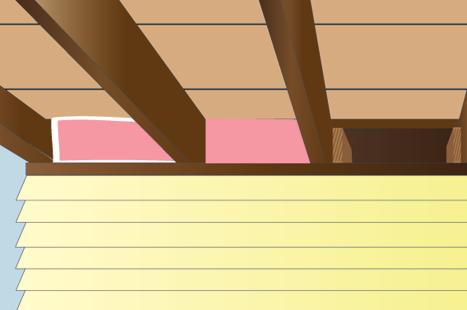Some people use roofing nails but if a strong gust of wind gets under the siding it may not hold.
Insulating beneath siding.
Installation of this insulation type under fiber cement siding can create an incredible 600 more energy efficient home.
The nails have a plastic cap that keeps them from damaging the foam.
Plastic foam traps heat and moisture beneath the siding.
Continuous insulation under new siding has become a popular way to improve energy efficiency on.
To secure the foam use two inch cap nails.
As a result the siding cups cracks and sheds paint.
Foam is less permeable to water vapor and the back of the siding stays wet as the face of the siding dries.
Fit the rigid foam insulation snugly and seal all seams with the specialized tape.
Wall 2 insulated with high density spray foam at a nominal 4 inches in the cavity for a cavity r value of 24.
To be completely efficient this insulation type has to mold perfectly with the inside of your home siding.
The insulation is glued in place for a permanent connection.
In fact you can check if it is a correct insulation installation by pressing on the house siding.
Hot sun can overheat wood siding causing it to dry excessively and crack.
Wall 1 insulated with only r 19.
Insulated vinyl siding has an outer skin made of polyvinyl chloride or pvc just like standard vinyl siding.
Wall 4 r 19 in the cavity plus r12 2 foam board under the vinyl.
Behind this skin is a layer of expanded polystyrene eps that is form fitted to the stepped siding profile of the vinyl.
Wall 3 r 19 in the cavity plus r6 1 foam board under the vinyl.
Apply sealant around windows doors and trim.

